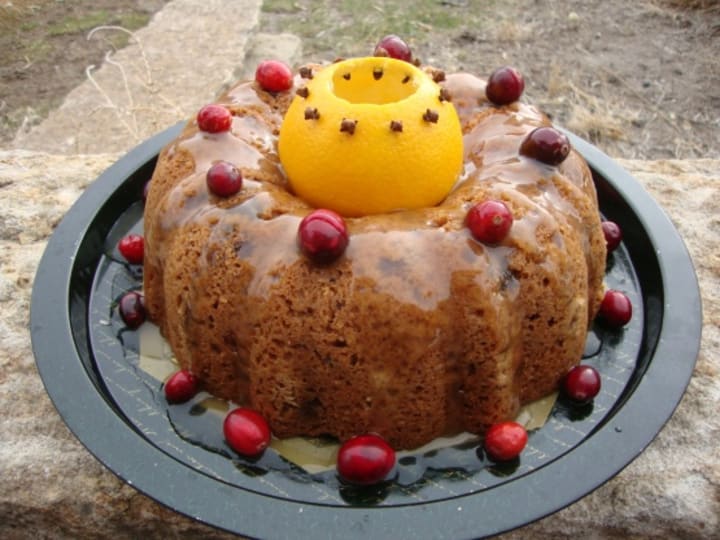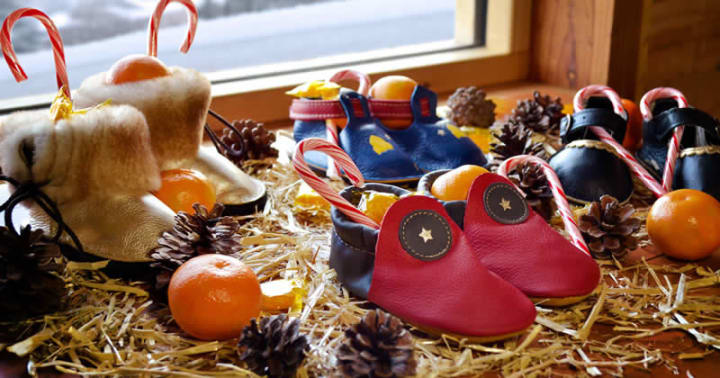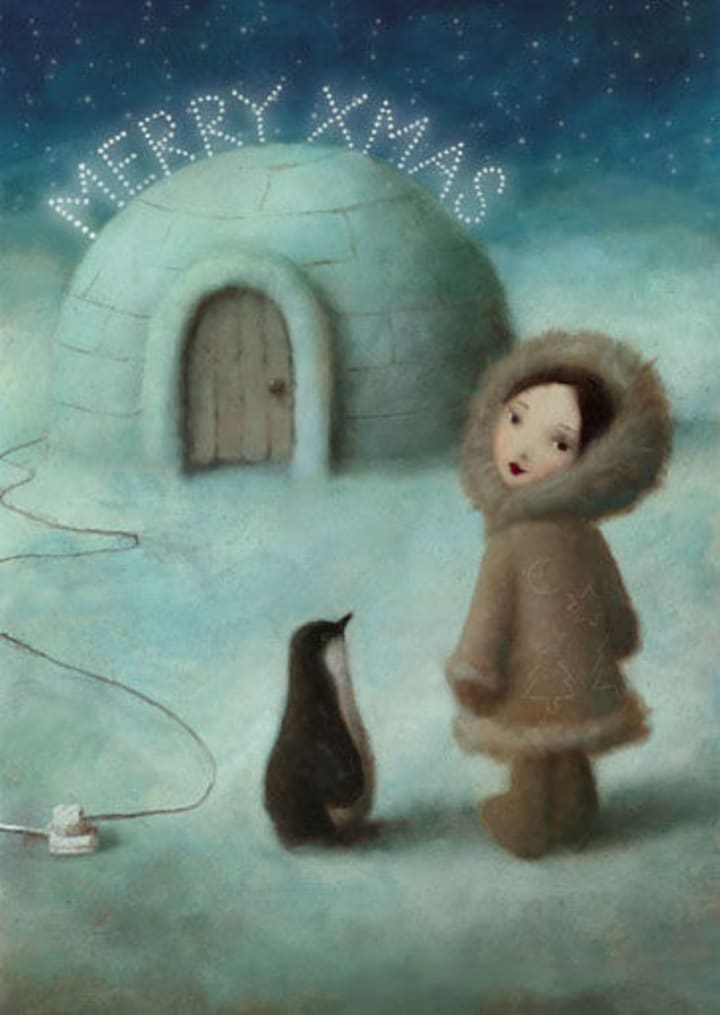Christmas Traditions From Around The World
The origin of eight global holiday observances .

The rich traditions that are enjoyed during Christmas come from places all over the globe. Some of them are observed worldwide while others remain active only in their native land. The following are eight, holiday customs that are quite interesting.
1. France: Yule log

This tradition comes from France where Merry Christmas is translated as "Joyeux Noël!’, which means the good news and refers to the gospel. In southern France, some residents burn a log in the fireplace in their homes from Christmas Eve until New Year’s Day. The word yule is an ancient term for the holiday so "Yule log” simply means Christmas log. This initiated from a custom in which farmers would use part of the log to ensure they had good luck for the following year’s harvest.
2. England: Figgy pudding

Figgy Pudding or Christmas pudding, is not what you think. It is not made from figs or plumbs but is an English dish dating back to the Middle Ages that actually looks like a cake. The ingredients are sugar, suet, flour, raisins, nuts and spices which are tied loosely in a cloth and then boiled. Once the ingredients are “plum,” (they have enlarged enough to fill the cloth) they are unwrapped. The pudding is then sliced like cake and topped with cream.
3. Old England: Christmas carols

Caroling during December began in England with wandering musicians who would travel from town to town. They would visit castles and homes of the rich. In return for their performance, the musicians hoped to receive monetary compensation or a good hot meal. This evolved into carolers singing hymns and We wish you a Merry Christmas. The second and third stanzas of the song ask for figgy pudding and indicate that the singers will not stop their song until they get some.
4. Scandinavia: Stockings and shoes

In the United States and England, children hang stockings on their bedpost or near a fireplace on Christmas Eve. This is in the hope that it will be filled with treats while they sleep. This tradition probably evolved from Scandinavia, where children who want treats leave their shoes on the hearth. This custom can be traced back to a legend about Saint Nicholas, whom Santa is based upon. It is said that there were three sisters who were so poor they could not get married.

In those days women had to have money for a dowry but these girls had none. In order to keep them from being sold by their father, St. Nick left each of the sisters' gifts of gold coins. One coin went down the chimney and landed in a pair of shoes that were on the hearth. Another coin went through a window and into a pair of stockings left hanging by the fire to dry. This is why Scandinavian children hang stockings and leave shoes on the hearth,
5. Australia: Summer Christmas

December is the warm and sunny Summer season in Australia. Temperatures can get as high as 100 degrees and during Australian Christmas season, outdoor barbecues and going to the beach are part of the festivities. Traditional Christmas day celebrations include family gatherings, exchanging gifts and good food. There will either be a hot meal with ham, turkey, pork or seafood or barbeques.
6. Ukraine: The evening star

In Ukraine: they say ‘Srozhdestvom Kristovym!’ for Merry Christmas. The Ukrainian people prepare a traditional twelve-course meal in December while the youngest child in the family watches out a window. When the little boy or girl sees the evening star appear, this is a signal that the holiday feast can begin.
7. Eskimo Christmas

In the far north of Canada, the Eskimos celebrate a winter festival called Quviasukvik which is similar to Christmas. During this festival, they have parties with dancing and the exchanging of presents.
8. Germany: Krampus night

In Germany, Krampus is the alter ego of Santa Claus. While Santa rewards good children with gifts, Krampus punishes bad children by frightening them. St. Nicholas visited children on December 5 or 6 and his menacing partner would show up at the same time. In some areas of Germany and also Alpine Austria, this day was known as Krampusnacht, or “Krampus night.” This is when adults sometimes dressed up as Krampus to terrorize children in their homes.
About the Creator
Cheryl E Preston
Cheryl is a widow who enjoys writing about current events, soap spoilers and baby boomer nostalgia. Tips are greatly appreciated.






Comments
There are no comments for this story
Be the first to respond and start the conversation.